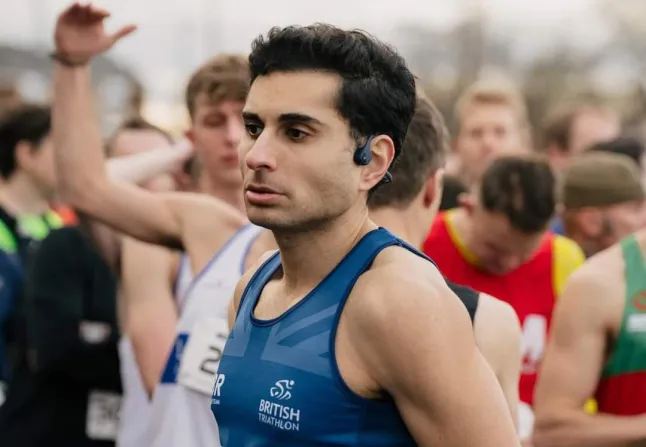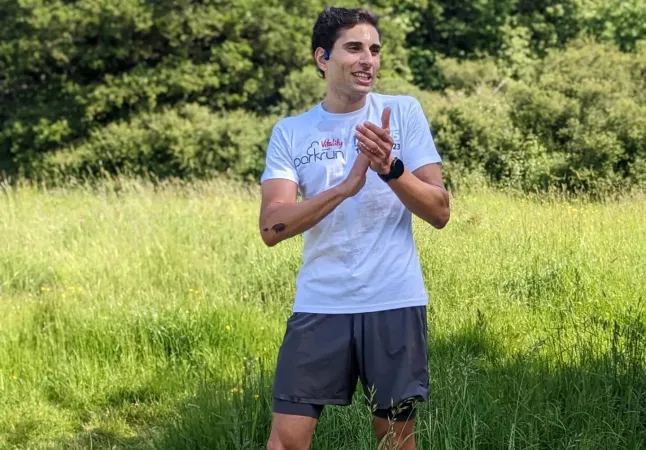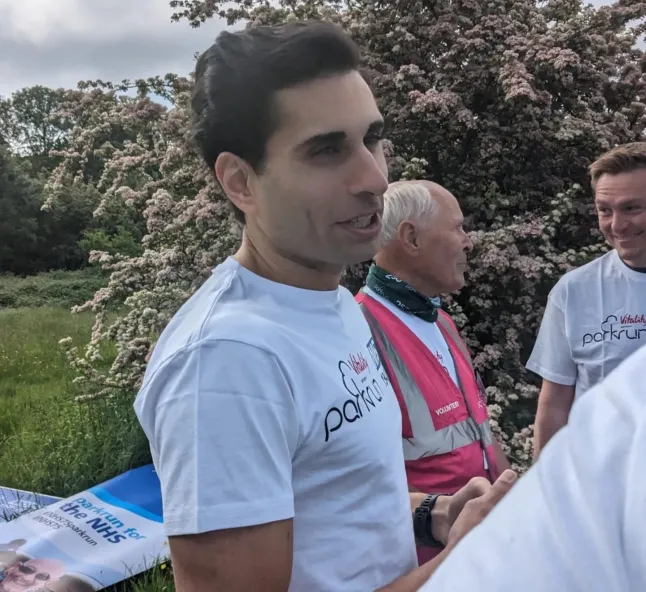
As a GP, I’m used to seeing older patients who are struggling with their mobility.
And last year I met Amara*, 64, who was no exception.
.
.
Amara came to see me for a review of her blood pressure medications.
I took the opportunity to ask if she had been able to start walking, and she admitted feeling unable to try it yet as she was scared of her joint pain worsening and overdoing it.
Unfortunately, due to her fears, over the past few years, Amara was very rarely able to do much out of her flat and was becoming increasingly isolated.
Her anxiety was rising and her health was deteriorating.

so invited her back for another consultation to spend time talking to her about the barriers she faced.
I explained that although her concerns were understandable, gentle consistent moving through walking, which initially may feel hard, over time can improve joint mobility, strengthen muscles and reduce pain and stiffness.
. A recent study found that adding just 500 extra steps per day lowers cardiovascular risk by 14%.
It was clear Amara was being put off by the ‘run’ element of parkrun, and worried that she would stand out or feel like she wasn’t welcome.
, that walkers are treated exactly the same as runners and the very essence of our weekly events is inclusivity.

I reassured Amara that she could walk the course at her own pace, stopping as much as she needed, and there was absolutely no pressure to run at a certain pace or complete the full distance.
Parkrun, though often associated with running, has become an activity that warmly welcomes walkers.
There is also a dedicated parkwalker at every event, so if you are looking for company, you’ll never be alone.
The average finish time has gone up from 22.17 in 2005 to now over 30 minutes, reflecting an increase in the diversity of paces at the event as more and more people signed up.
More than 1.25 million people have walked a 5K parkrun course globally, and each week, nearly 25,000 participants choose to walk rather than run. In the UK alone, an average of 5,397 people walk at parkrun weekly.
Encouraged by the knowledge that many others chose to walk and that there was a tail walker, meaning she would not be the last to finish, Amara agreed to try it.
And the improvements were as quick as they were noticeable.
Amara’s mobility and pain have improved, but the impact on her mental health has been pronounced as the social aspect had helped alleviate feelings of isolation and the friendships she found in walking with others made her feel connected.
Another assumption is that parkwalk is exclusively for non-runners, or for people like Amara who have long-standing health problems.
But many who normally run the course occasionally choose to walk.
Personally, I’ve taken part in parkwalk, and it has been a truly wonderful experience.
Slowing down gave me the opportunity to talk to others, thank the volunteers and allowed me the mental space to reflect and really take in the nature around me.
At her physical health check the following year, Amara had lost weight, which was also helping her joint pain.
Today, Amara continues to incorporate walking into her daily routine, she walks to the surgery and local shops where she previously would drive.
Her journey serves as a powerful reminder that parkrun is not just about physical fitness — it is about mental resilience, community, and the simple act of moving forward at your own pace.
I felt a deep sense of satisfaction knowing that Amara had not only embraced a healthier lifestyle, but also found joy and community through walking.
For many, like Amara, walking parkrun becomes more than just a weekly event — it becomes a key part of their wellbeing and while the name may be ‘parkrun’ it’s clear that walking the course is just as celebrated and rewarding as running it.
It isn’t about ‘winning’ the weekly 5k, because if people can improve their physical and mental wellbeing, we all win.
*
Share your views in the comments below.

